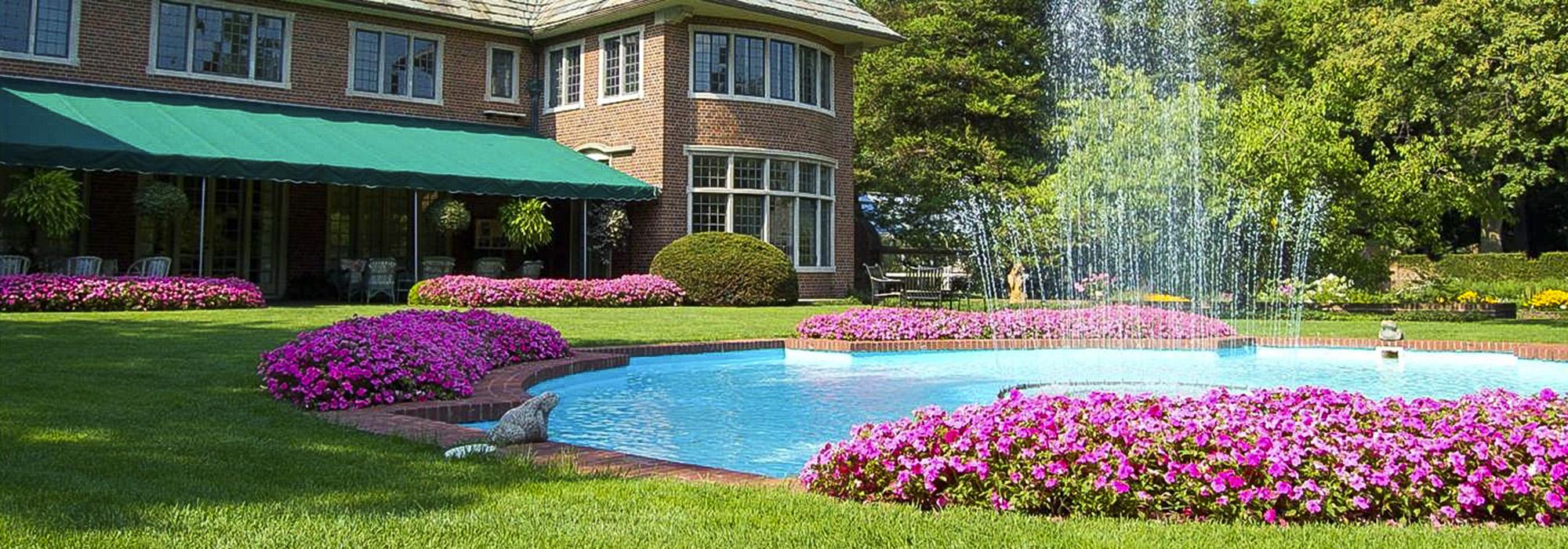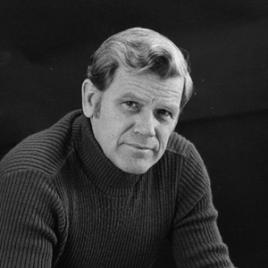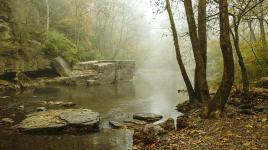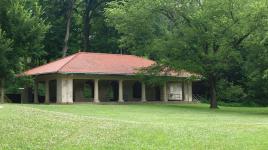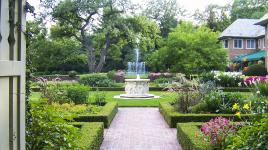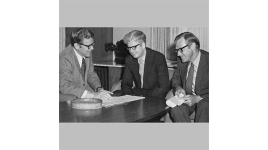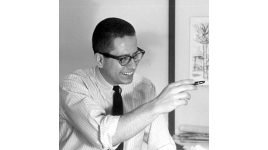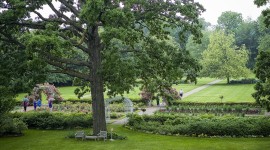Pioneer Information
Born in Lansing, Michigan, Johnson served in World War II and graduated from Michigan State University in 1951 with degrees in landscape architecture and urban planning. In 1961, he founded Johnson, Johnson, and Roy (JJR) with his brother William and Clarence Roy. The firm went on to complete planning and design projects throughout the U.S., with a focus on human needs and careful analysis of the land.
Johnson’s professional work includes the restoration of Cherokee Park in Louisville, Kentucky, originally designed by Frederick Law Olmsted, Sr. in 1897 and ravaged by a tornado in 1974. He also adapted a Jens Jensen residential landscape in Evanston, Illinois, for public use at Lighthouse Landing Park, and designed a rehabilitation plan for Applewood, the Charles Stewart Mott Estate, in Flint, Michigan.
In addition to practice, Johnson taught at the University of Michigan for 29 years, retiring as Professor Emeritus in 1989. Active in the American Society of Landscape Architects (ASLA), he served on the Landscape Architecture Foundation (LAF) Board of Directors and established the JJR Research Grant. Named a Fellow in 1979, Johnson was awarded the Society’s highest honor, the ASLA Medal, in 2000.



